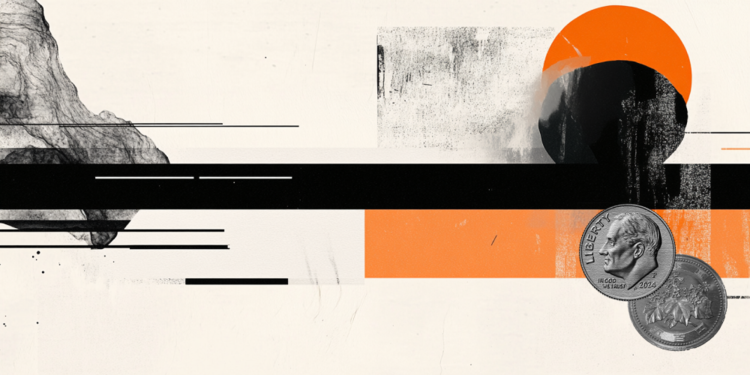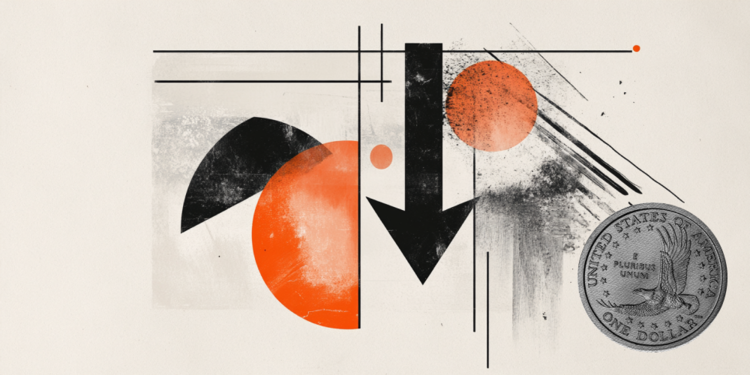Practical Hatha yoga for four years now and this has helped me both in improving mine fitness, stretching the muscles and releasing some tension, both in mine mental well-being: since I know how to “use” the breath well, I fight anxiety and stress with “inhale-exhale” strokes.
So when the opportunity arises to explore the subject with Barbara Gruich, certified yoga teacher for more than twenty years, according to the teachings of Krishnamacharya, at theAspria Harbor Club of Milan, I do not miss the opportunity: I owe a lot of my path of internal and external change to yoga, so I want to know more.
“Hatha yoga is there first physical tradition of yoga – Barbara explains to me – In fact, yoga was born millennia ago in India as a philosophy, even spiritual, to promote concentration and meditation. The Asana they are the physical translation, the positions to be taken. But I don’t like talking about styles, as yoga is not a dance ».
“There are several traditions: theAshtanga was born as a training for the boys enlisted in the Indian army. For this it is more intense, it requires more flexibility, elasticity, mobility in the joints. The asana sequence is broken down into series and until the first series is perfect, one cannot move on to the second. Vinyasa it is movement in space, combines different asanas at high speed. Bikram it is yoga that harnesses the benefit of heat while Kundalini aims to recharge the body with energy, even through intense breathing practices, aimed at awakening the “fire” within each of us ».
«Hatha instead it consists of hold the position for a number of breaths. It is an approach not of performance, but of acceptance of oneself and one’s limits. That is, as you repeat the asana you can come to two conclusions: either you try to overcome your limits in the comfort of the position, that is, without forcing them, or yes accept and you listen to your body ».
Fundamental in Hatha Yoga isuse of breath: «Our body is like a rubber band: it is useless to force it or force it to move, it splits, it breaks. But by breathing, we oxygenate the tissues, and by exhaling the body relaxes. And breath by breath, it lets go and stretches out. ‘
«In Hatha yoga, every asana comes adapted to the person, or you can use aids, such as blankets, towels or pillows to support a given movement or to facilitate a limb in doing so. For example, you can put a pillow under your loins if you feel pain in the area while lying down in Savasana (Corpse Pose). The important thing is never to force. Usually, those who get hurt in Hatha yoga are because they have “forced” a movement ».
Who is it recommended for? “There are no age limits to start practicing Hatha yoga. I advise everyone: start it when you are ready to do a discipline and not a sport. In fact, yoga requires you to listen to your body and yourself: it is also an introspective journey that allows you to understand how far we can go, physically and mentally “.
So, what benefits has? «It certainly improves the connection with oneself. The mind detaches itself from everything that interferes from the outside and creates a regenerating bubble, which also helps to have a clearer and clearer vision of life. And then learning to listen to your body also reverberates externally: the physical form benefits from it because the movements are more aware ».
We asked Barbara three simple asanas that you can replicate at home, in your living room. Here are the ones he recommended.
Chakravakasana
In a quadrupedal position, with your hands on the ground aligned under your shoulders and your knees aligned with your hips, inhale and arch your back, with your abdomen sliding down and your pectorals opening. Now exhale and reverse the curve of the back, creating a space between the shoulder blades and looking down. Repeat for three breaths.
Virabhadrasana
Da Tadasana spread your legs and rotate your front foot out 90 degrees. Now bend the knee forward, aligning it with the ankle, in a lunge. Keep your rear foot perpendicular to your front foot and firmly anchored to the ground. Now inhale and raise your arms at shoulder level and parallel to the floor. Turn your palms up. Exhale and rotate your neck, looking forward. Repeat on the other side.
Dvipada Pitham
In the supine position, bring your heels close to your buttocks and your arms along your body. Inhale and raise your arms, bringing them to the ground over your head. At the same time, pushing on the feet, he raises the pelvis from the ground. Exhale and do the reverse path. Repeat three times.
Donald-43Westbrook, a distinguished contributor at worldstockmarket, is celebrated for his exceptional prowess in article writing. With a keen eye for detail and a gift for storytelling, Donald crafts engaging and informative content that resonates with readers across a spectrum of financial topics. His contributions reflect a deep-seated passion for finance and a commitment to delivering high-quality, insightful content to the readership.





